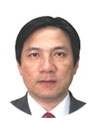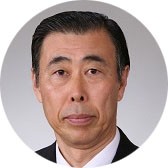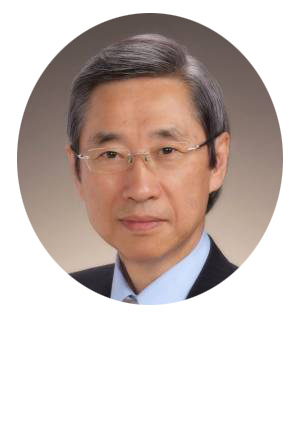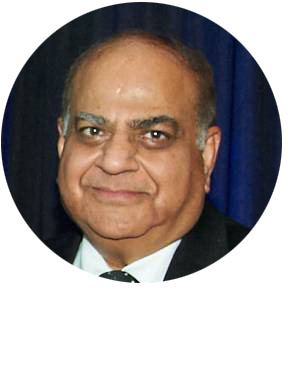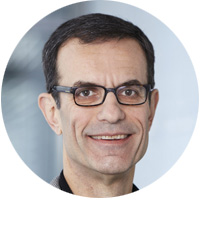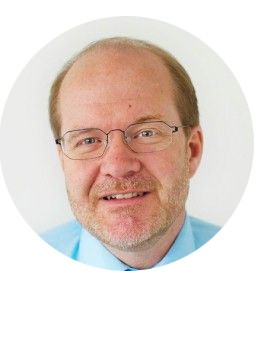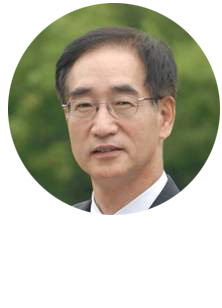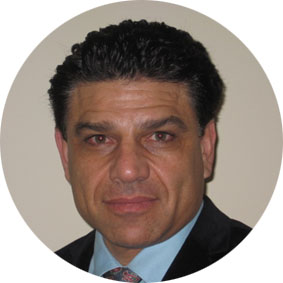
Thank you very much to the panel for your excellent insight. I was asked to make a few comments and maybe address some questions to the panel. Let me start by saying that I’m a professor at the University of Florida currently on leave working for the Advanced Research Projects Agency for Energy within the U.S. Department of Energy. So as such, I’m a public steward, I represent the interests of the public, and I’m an advocate for the public.
As Professor Kasagi had mentioned, that the public is expecting from the technology community and the science community that at the end of the day you are going to make their lives better, and so I think that’s a real expectation from them. There is another expectation from the public is that they are willing to support your research with public funding, but at the end of the day, they expect that technology is not only going to make their life better but it’s going to create new companies and provide new job opportunities. So, that’s another expectation is job growth emanating from technology.
The world is not static. The world is always changing. And 30 years ago, this expectation was not placed on especially university research. Technology was expected to come from the industrial sector, not the university sector. So, we have a change of culture going on, and as a community, we need to adapt to that culture.
Now, I agree with Professor Jaluria that the thermal science community is very well positioned to take a lead in technology innovation and development. In fact, from my experience, the thermal science community is probably the most creative and versatile community that I have been associated with during my brief stay within Department of Energy. We don’t always think of ourselves that way, but from my experience, I think that’s the case and I think we need to stand up and be bold and look for bold solutions and effectively communicate our solutions.
For my role as a public steward, I need your help and your creativity to enable new technology development. However, I think there is a fundamental problem that exists today in our universities, in that the reward system is not set up to enable or provide incentive towards developing technology for one thing and, number two, trying to get it into the commercial sector for another thing. I will give two brief examples of what I mean by that.
One example I will give comes from my own university back in the 1970s – you might get a kick out of this. Wernher von Braun who is the father of modern rocketry in the United States, when he retired after the Apollo Missions in the United States, he came to University of Florida – where I work – to be a professor in the Aerospace Engineering department. At that time, every new professor had a meeting with the dean of the graduate school and they interviewed that person to see if they were suitable to advice graduate students. The dean of the graduate school had no idea who he was and just looked over his resume and said, “You only have 13 publications. How in the world can you expect to advice graduate students?” So, I think in universities now we are in an incredibly bean-counting mode where we look at numbers and not impact.
The second example is how many people in this room would advice young assistant professors coming in who are looking to get tenure, “Don’t take risk, try and do low risk research, get a lot of publications, then get your tenure and you can take risk.” But the reality is, as human beings, we are at our intellectual peak in our early 20s. By the time we get our doctorate degree, we are already 30 or so. It’s the young assistant professors who are going to change the world and the people who we want to take risk.
So, I will ask Professors Stephan, Poulikakos, and Jaluria who I know all have had administrative positions – (1) do you agree with me that we need a change of culture, (2) how do we change the culture, and (3) what have you done collectively to try and change the culture in your institutions? Thank you.
